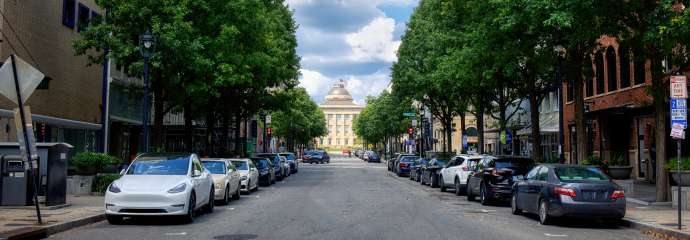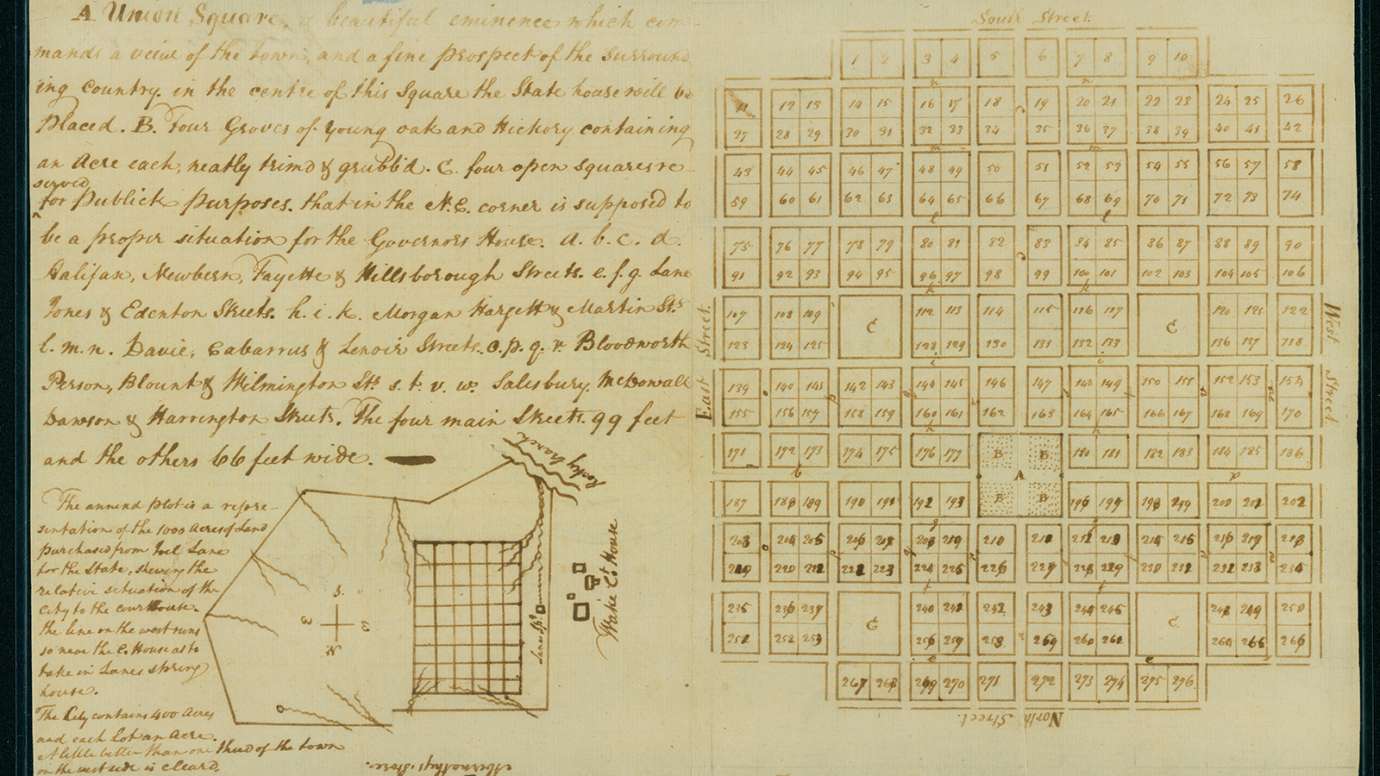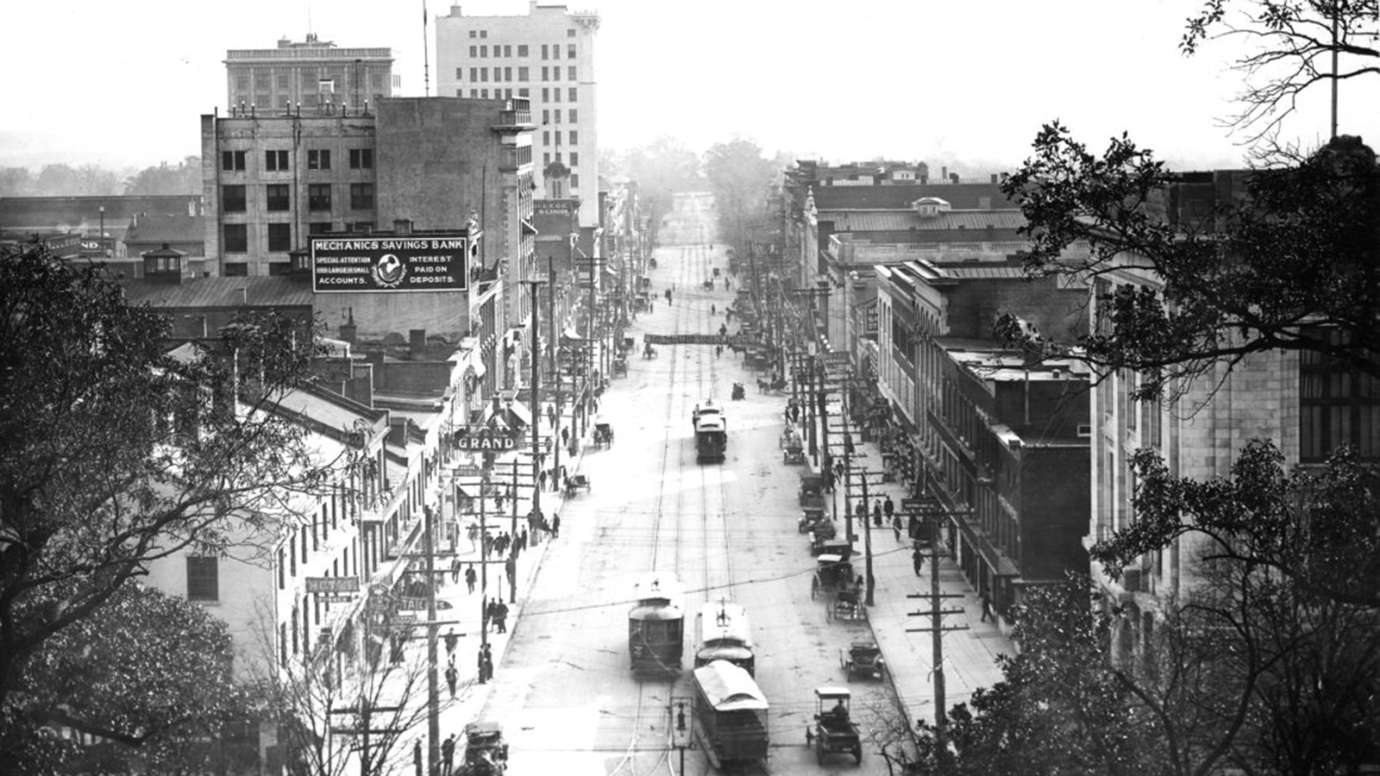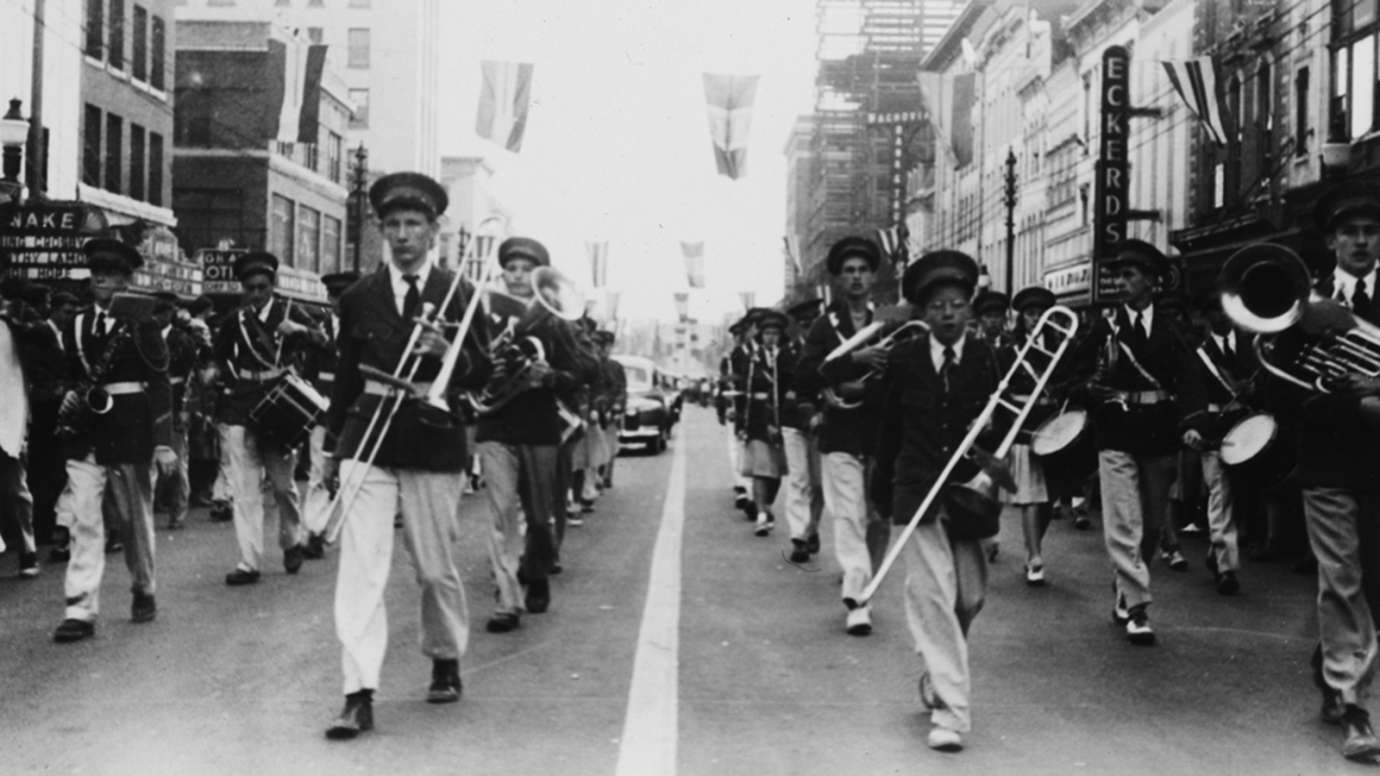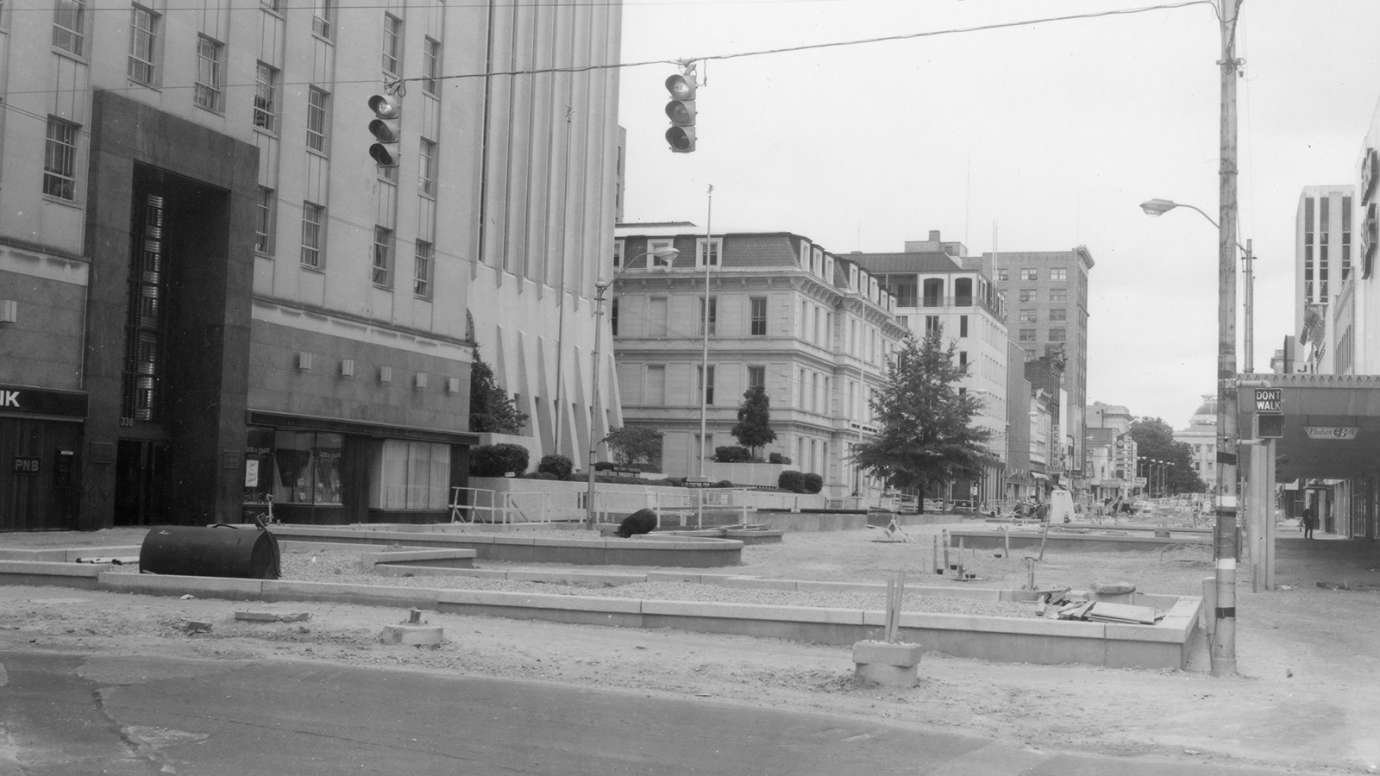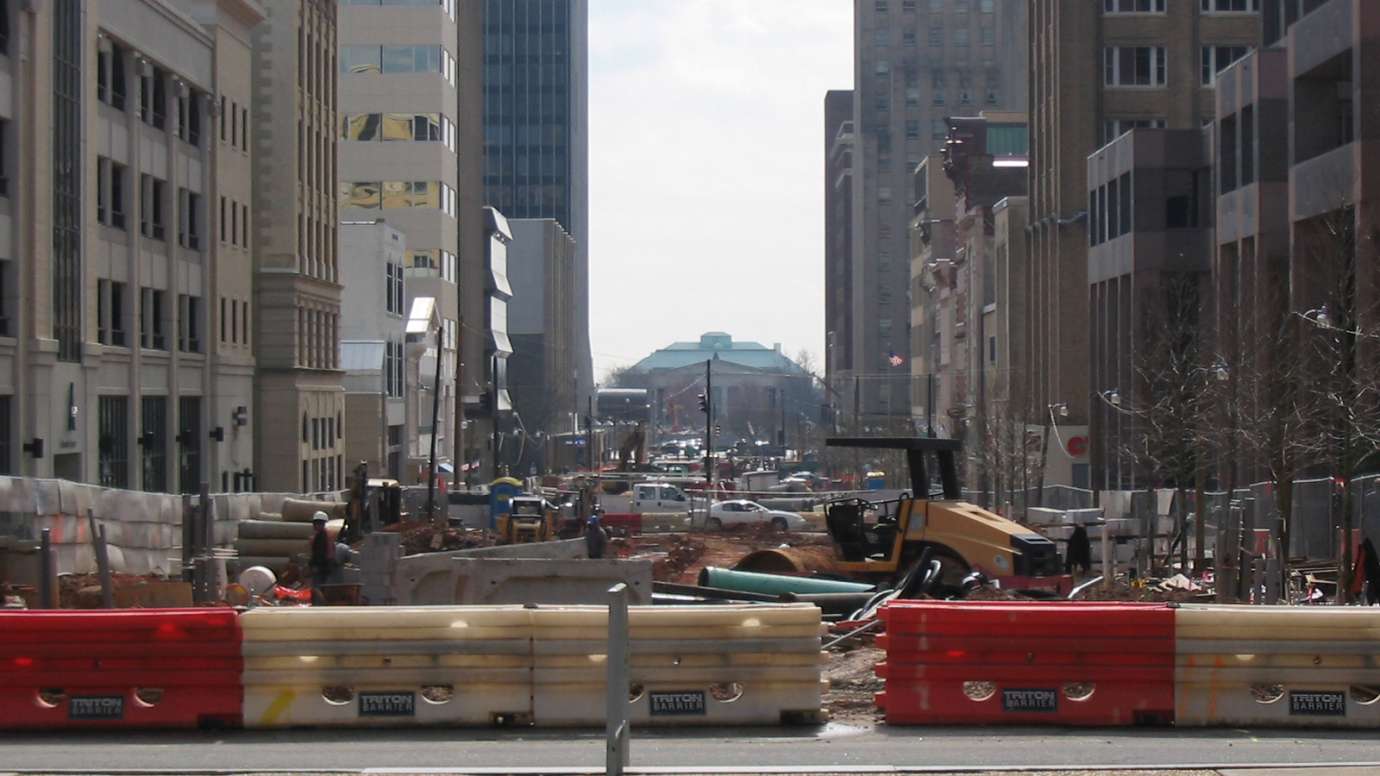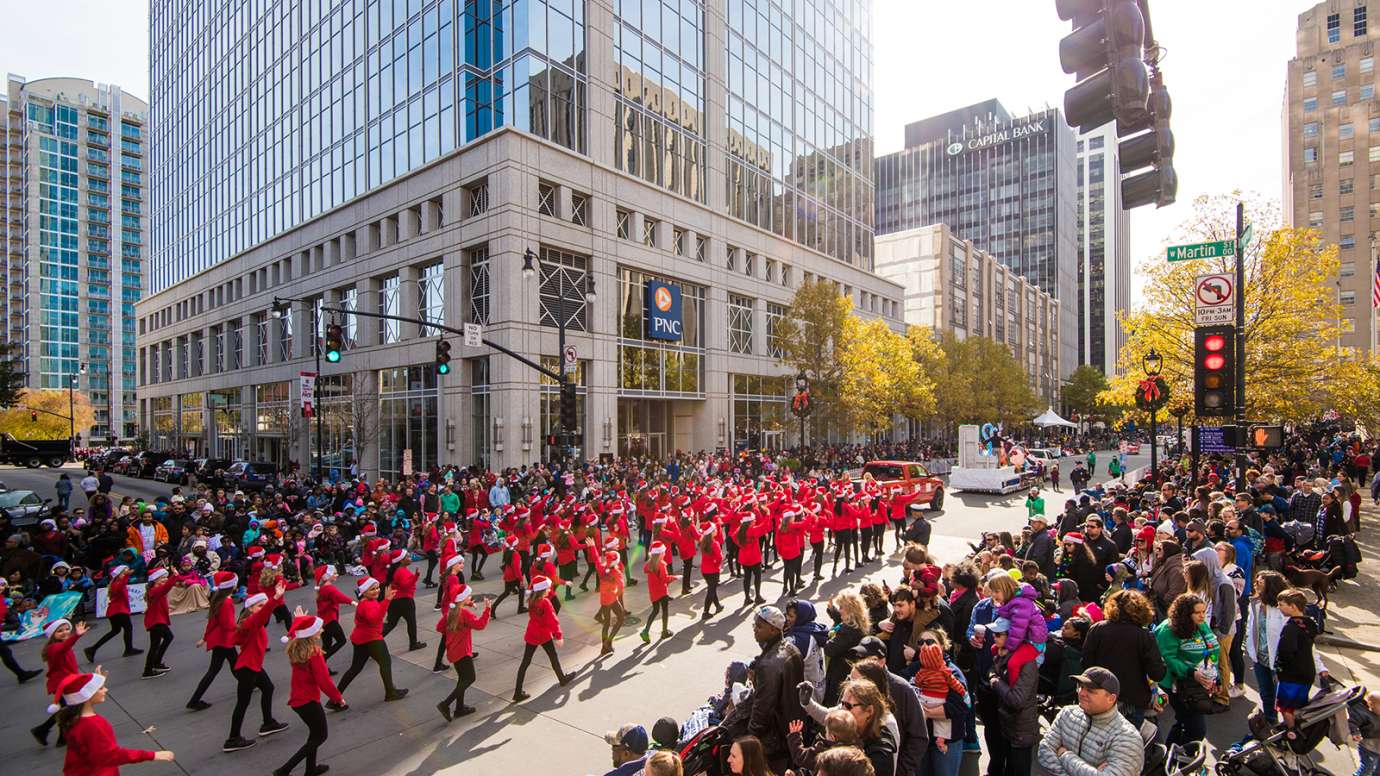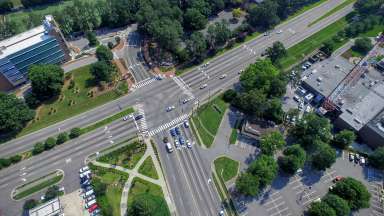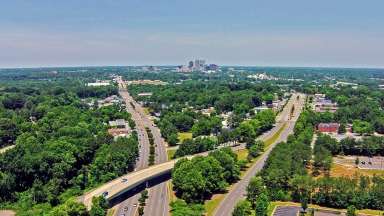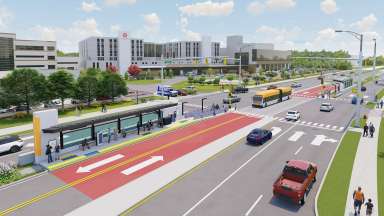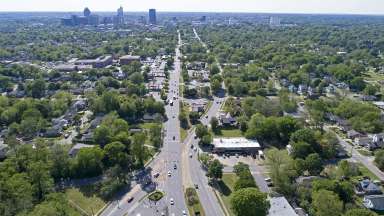Staff provided updates on the project at the September 2 City Council meeting. The item was deferred and discussed at two subsequent ED&I Committee meetings (Sept 23 and Oct 28). At the October 28 Committee meeting, members voted to 1) approve the short-term implementation strategy with a $1M budget allocation presented by staff with minor modification and 2) approve a budget note for a) design and construction of a band stage at City Plaza and b) permanent art installations for the two pedestals.
At the regular Council meeting on November 4, the ED&I Committee item was reported out, with the full Council approving the recommendations of the Committee. The short-term implementation actions will include relocating public benches and removing seat walls to allow for switching the sidewalk zones that will allow outdoor dining adjacent to building facades, modify horizontal landscaping patches, and include new wayfinding and art elements to lend a refreshed look to our Main Street.
View the Council Presentation.
View the ED&I discussion - Sept. 23.
Fayetteville Street Streetscape Plan
The City of Raleigh is developing an updated Streetscape Plan for Fayetteville Street, located in the core of its downtown. The project will develop a regulatory document to set design standards for landscaping, lighting, public art, site furnishings, and pedestrian improvements. The plan will also provide a preliminary utility redesign and an implementation plan for future phases of capital improvements along the street.
Review the results of the Fayetteville Street Conceptual Design Alternatives survey.
The project was identified as a prioritized action item in the Downtown Raleigh Economic Development Strategy – A Five Year Plan full report (August 2024), released by the Downtown Raleigh Alliance (DRA), which focused on reactivation strategies for Fayetteville Street. The goal of the project is to provide a streetscape plan that furthers commercial activation while respecting and enhancing the unique historical context of the corridor.
Project Details
- Type:
-
Corridor Studies
- Date Range:
- -
- Budget:
-
$500,000
- Project Lead:
-
Dylan Bruchhaus
- Contractors:
-
McAdams
